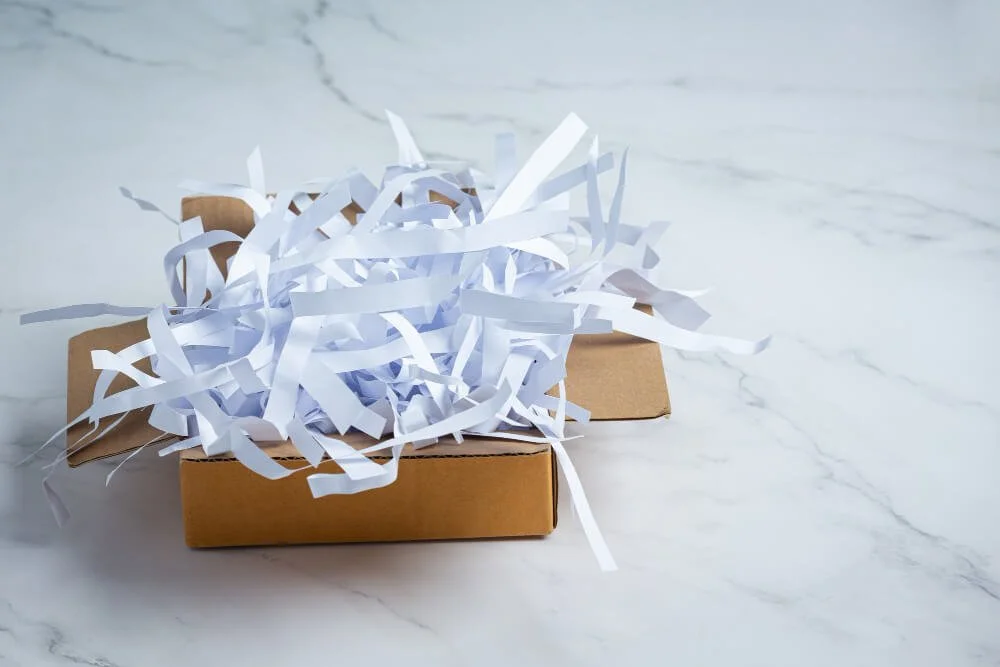Ecofriendly Paper Shredding: How Technology Facilitates Green Document Destruction
Australians want private information destroyed without creating a trail of emissions or waste. That’s no longer a pipe dream. A mix of smarter equipment, cleaner fleets and tighter digital controls is reshaping paper shredding into a lower-impact, higher-assurance service that meets privacy duties and sustainability goals at the same time. For anyone weighing up a paper shredding service in Sydney, the shift is already visible in how providers design their sites, fleets and reporting.
1) Smarter shredders and downstream gear that sip power, not guzzle it
Modern industrial shredders and balers use variable-speed drives, intelligent load sensing and low-power standby modes to cut electricity draw during quiet periods. Beyond the shred, high-efficiency horizontal balers compress fibre more tightly, which reduces transport runs and energy per tonne handled.
These gains matter because Australia is chasing net-zero across government operations and transport, and every avoided kilowatt-hour or litre of diesel helps. For routine document shredding in Sydney, asking a provider about kWh per tonne and bale density is a simple way to compare genuine efficiency rather than glossy claims.
2) Cleaner, optimised logistics from route planning to electric trucks
The greenest bale is the one that travels the shortest distance. Shredding providers now use route optimisation and telematics to cut idling, reduce backtracking and time pick-ups to actual bin fill levels. Research on waste fleets shows that smarter routing can lower fuel burn and collection costs, with some trials reporting double-digit reductions in kilometres travelled.
Fleet technology is shifting too. Battery-electric refuse trucks are moving from pilot to practical, bringing quiet collections and zero tailpipe emissions on route. Businesses that sign up with a Sydney document shredding service can ask how often rounds are re-planned, whether dynamic routing is used on peak days and if low-emission vehicles are part of the mix.
3) Verified security and responsible recycling, digitised end-to-end
Destroying paper securely remains a legal duty under the Privacy Act. The Office of the Australian Information Commissioner expects “reasonable steps” to prevent misuse and unauthorised access, including secure disposal when information is no longer needed. Shredding before recycling is recognised as a secure pathway for hard-copy records. To prove those steps, many providers align to i-SIGMA’s NAID AAA Certification.
Audits, chain-of-custody controls and employee screening are core features, and the program emphasises environmentally responsible disposition of shredded fibre. In practice, that means issuing digital Certificates of Destruction, recording custody events, and diverting output into pulping rather than landfill.
If compliance is front of mind, shortlist a document destruction Sydney provider that can share audit summaries and sample certificates on request.
4) Better fibre quality and bale density that mills actually want
Recycling only works if mills can use the feedstock. Shredding plants equipped with modern ferrous/non-ferrous removal, dust control and automated bale tying deliver cleaner, denser bales with fewer contaminants. That improves acceptance at domestic paper mills and reduces export dependence.
Australia’s latest waste reporting points to steady resource recovery and a shift in paper and cardboard flows, with exported volumes easing as domestic processing improves. Cleaner bales support that direction.
On the collection side, on-site services reduce handling steps that can introduce contaminants. Some providers pair that with real-time moisture checks to protect bale quality. If you prefer on-premise work, ask whether the operator offers mobile shredding in Sydney with documented bale specs and destinations.
5) Circular partnerships that close the loop
Some shredders are formalising take-back relationships with printers, publishers and office supply chains to keep fibre cycling locally. Australia’s newsprint sector, for instance, reports near-total diversion of newspapers from landfill under long-running industry schemes, proving that high-volume, high-quality fibre can stay in circulation when the system is designed for it.
Those models inform how office paper can loop back into packaging and tissue grades after secure destruction. For agencies or clinics that can’t let files leave the premises, operators offering mobile document shredding in Sydney can process on site, issue a digital certificate and send bales straight to domestic pulping.
Also Read: What Happens to Your Documents After Shredding? A Simple Look at the Process
What should businesses ask a provider?
Energy profile: Ask about variable-speed drives, standby modes and the kWh per tonne the site averages, and then compare year on year. Efficient balers and conveyors should be part of the answer.
Fleet and routing: Clarify how pick-ups are scheduled and whether low-emission or electric vehicles are used where feasible. Seek evidence of route optimisation in scheduling reports.
Certification and digital proof: Look for NAID AAA Certification, digital Certificates of Destruction and auditable chain-of-custody logs that align with OAIC guidance.
Destination of fibre: Request the percentage going to domestic pulping, bale specifications and contamination thresholds. Align those outcomes with internal sustainability metrics and external reporting.
The takeaway
Eco-friendly document destruction is no longer a trade-off. Choose mobile shredding Sydney providers who can show, not just tell, and your shredded pages will live on as tomorrow’s packaging or tissue, with privacy protected and emissions trimmed.

